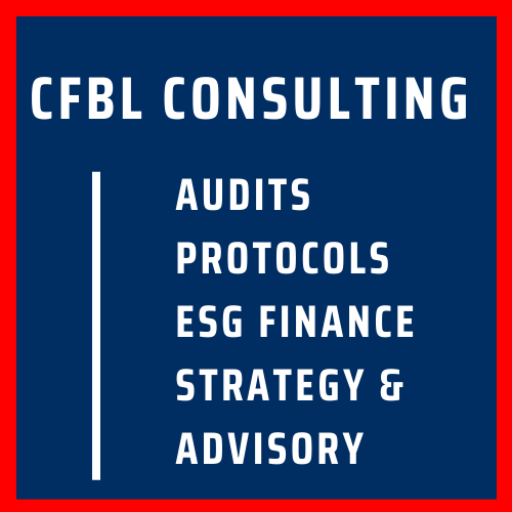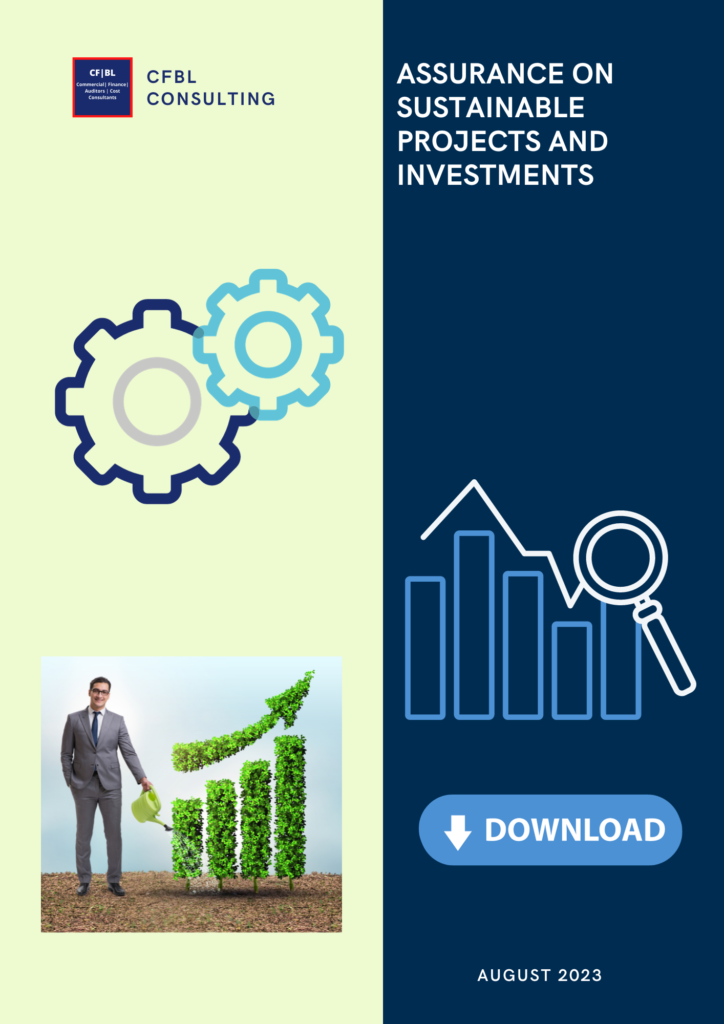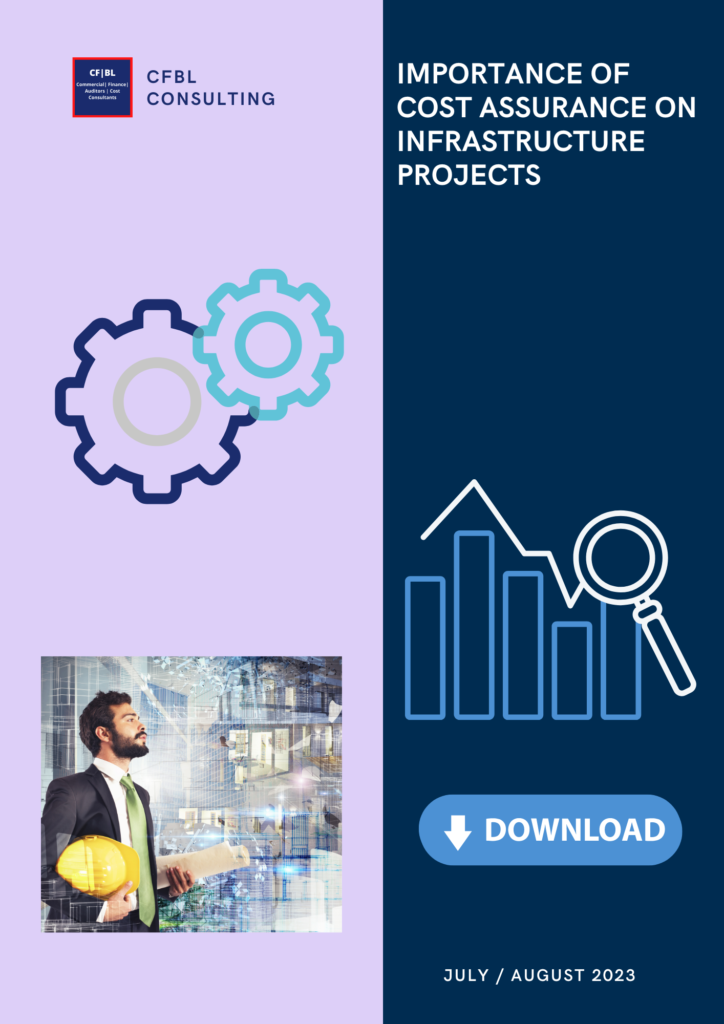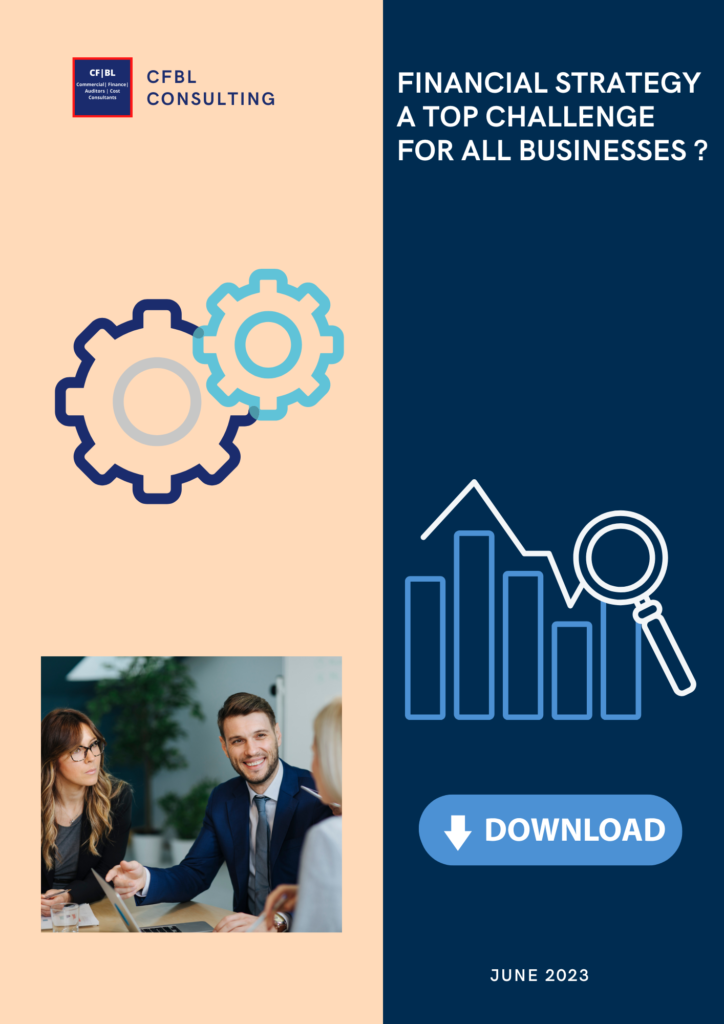Overview of the Balanced Scorecard and the four Key Perspectives
A balanced scorecard (BSC) is a framework that businesses can use to help plan towards achieving set strategic goals and targets. It is a strategic business planning tool that may be used for assigning priorities, measuring, and reporting key performance indicators KPIs on products, projects, and services. The balanced scorecard can be used for planning the delivery of services, communicating objectives, goals, project planning, product launching, and routine business activities. In summary, the BSC is a useful tool that can be used to measure, monitor, and report on the success of business strategies. It is used to communicate planned operational activities and performance to targets internally and externally. This means that it allows businesses to monitor, measure, and evaluate the actual success of strategies versus plans or benchmark performance against competitors.
“An important feature of the balanced scorecard is its focus on performance monitoring and reporting on progress with the attainment of strategy and the use of a combination of both financial and non-financial KPIs to evaluate actual performance against the plan”.

The balanced scorecard is founded on four viewpoints, financial, business processes, customer, and organisational capacity enabling businesses to identify limitations and develop strategies to mitigate and control these. These four key areas of the model that management can actively use for data collection and business performance reporting are examined below.
- Financial perspective: This is based on the premise that a company’s primary goal is to earn a return on investment and control operational and business risks. This goal aims at satisfying the needs of key stakeholders e.g., shareholders, customers, and suppliers. Shareholders, the providers of capital are key because they want assurance that the business will remain a going concern, continue to generate revenue, develop innovative revenue sources via research and development of new products, diversifying of services, improving overall value proposition, and cost optimisation to stay profitable and sustainable for the long-term. Therefore, businesses need to have increased revenue and high return on investment ensuring that key players like shareholders, suppliers, and customers are kept satisfied with the business’s financial performance. Increasingly, stakeholders, funders, and customers are demanding transparency, not only with reporting KPIs like business finances, processes, customer satisfaction, growth, and innovation. Today sustainability and ESG factors must not be ignored in reporting or in strategic decision making if a business is to safeguard its long-term revenue and profitability.
- Customer perspective measures the value provided by the business to customers and the level of customer satisfaction with its products or services. This is vital because customer satisfaction is a strong indicator of company success and profitability. Data collected can be used to measure whether customers are happy with the quality, price, and services of the business. It can also be used to determine the perception of the customer towards the brand or services. This aspect is fundamental because customers have a direct relationship with the success of the business. The balanced scorecard examines the company’s reputation from an external viewpoint, compared to competitors. Businesses can improve their reputation by innovating and improving product quality, enhancing their overall value proposition, customer experience, and improving pricing and sales strategies. Data obtained from enhanced balanced scorecards with ESG KPI reporting will provide intelligence on changing social or consumer behaviours post-pandemic that can drive innovation, strategic decisions, propel growth, and significantly improve competitive advantage.
- Internal business processes establish the effectiveness with which a business is run. A balanced scorecard identifies and highlights measures and objectives to make businesses run more effectively. It also evaluates products or services to check that they conform to expected quality standards. The internal business process establishes business efficiency and identifies any constraints in the business e.g., bottlenecks, waste, and gaps that could hinder the manufacturing or efficiency of service delivery. In addition, it determines that products and services are manufactured or delivered in a safe and compliant manner. This helps the business identify what it excels at, which sets it apart from competitors. This is the unique selling point (USP) that can be used in developing strategy, innovating, and creating improved customer experience and satisfaction. Incorporating an extended balanced scorecard with ESG factors in monitoring and reporting business or project performance will enhance growth, help in scanning for internal and external opportunities and risks that could impact overall performance.
- Organisational capacity involves optimising goals and objectives for favourable business results. Staff and resources should exhibit high standards of management and leadership qualities concerning culture, knowledge, and skills application. Also, the availability of effective infrastructure is vital for staff to be able to deliver to management expectations. Organisational capacity verifies that the employees in the company have the appropriate level of knowledge and are upskilled. It verifies that the business is using the right people, process, control systems, and latest technology for activities. Businesses should invest in digital transformation to standardise and automate activities with the latest technology. This can be useful for obtaining data for improving decision-making and increasing performance versus competitors. This includes scanning the internal and external business environment, tracking KPIs and other risk data. An enhanced balanced scorecard will help monitor and achieve desired goals by monitoring factors relating to people, process, systems, and technology/innovation risks, but incorporating environmental, social and governance ESG factors will significantly boost organisational revenue.

“Proactive use of the BSC can help businesses identify internal weaknesses and external risks that can threaten the business in the early stages. The changes to be made can be easily identified and tracked to minimise future risks and optimise revenue using the balanced scorecard”.
Application of ESG metrics in Balanced Scorecard

According to Robert S. Kaplan and David McMillan’s report in the February 2021 edition of the Harvard Business Review, companies are increasingly aware that customers and society, in general, expect businesses to adopt and plan towards social and environmental objectives in addition to the traditional financial ones. This involves re-evaluating business models and re-imagining new more inclusive multi-stakeholder ecosystems. In their article, they propose an update to the Balanced Scorecard, one of the most successful management tools of all time, to help align stakeholders’ goals and expectations from diverse perspectives.
Environmental aspects of ESG account for issues relating to greenhouse gas emissions, reducing global carbon footprint, waste, pollution, the circular economy, and it examines the strategies a business has in place and has implemented internally and within their supply chain and ecosystems to tackle these. In essence, the activities undertaken by businesses should not damage natural resources or wildlife.
Social impact elements include the human capital that a country, company, or business must consider. This includes having an inclusive employee culture, small businesses have given fair and equal opportunities e.g., having a diverse workforce, promoting employee health, safety, and mental wellbeing, and providing adequate training and remuneration. Social sustainability is about managing the business’s impact on people.
Governance factors are internal control systems or protocols a company adopts to govern itself, supply chain, make strategic decisions, comply with the law, and protect external stakeholders. It entails a company governing with integrity. There must be compulsory and proper sets of rules and regulations that highlight the transparency and actions the company continuously takes to safeguard the rights of shareholders for the long term.
“In today’s era, companies must have a sustainability strategy linked to ESG factors to meet shareholders governance expectations, and to mitigate environmental and social risks, whilst making sure that the business remains profitable”.
Leading Case Studies of ESG and BSC metrics

As per HBR 50% of consumer packaged goods (CPG) sales growth between 2013 and 2018 was to the 17% of products that advertised sustainable attributes, such as fair-trade sourcing. Increasingly, stakeholders, funders, and customers are demanding transparency not only with reporting KPIs like business finances, processes, customer satisfaction, growth, and innovation. Today sustainability and ESG factors cannot be ignored in strategic decision making if a business is to safeguard its long-term survival.
HCL Technologies, a leading global technology company, has been recognised as the leader in the Edelweiss ESG scorecard and ratings, receiving the highest overall score among India’s Top NSE 100 companies for its best practices and effective integration of environment, social, and governance (ESG) factors throughout its operations, reflecting HCL’s continued efforts and commitment to sustainability and ESG factors. The framework assessed all NSE 100 companies on 40 key metrics spread across ESG other factors and HCL obtained an overall Edelweiss score of 91.9 out of 100.
The UK Government uses a mixed model to fund and finance infrastructure, using both public and private investment. This includes public investment covering economic infrastructure such as roads and telecommunications, in addition to social infrastructure such as schools and hospitals. The Government is committed to using its position as the single largest construction client to support the adoption of a more productive, efficient, and sustainable business model within the UK construction sector. In 2017 the government set out long-term plans to improve the performance and delivery of infrastructure assets. Chart 6 shows the planned investment from 2021/22 to the year 2024/25.

Source: gov.uk
From the data above the government plans to spend £14,188m on social infrastructure, for sustainable investments the government plans to spend £13,696m on energy and then £364m on science and research. The government will support private investment through established tools like the UK guarantees scheme, contract for difference and the regulated asset base model, and through the UK Infrastructure Bank. As part of the UK government’s plans to transform Infrastructure Performance, they established a roadmap setting out a vision for innovating and reforming infrastructure delivery linking the 2030 infrastructure performance roadmap to the UN sustainable development goals. An enhanced balanced scorecard can help monitor and achieve desired goals by tracking financial, process, customer, and growth/innovation KPIs, but incorporating internal and external environment, social and governance factors will significantly propel organisational growth moreover data obtained from enhanced balanced scorecards with ESG KPI reporting will provide intelligence to improve innovation, aid strategic decision making, and performance.
“The planned investment pipeline overall from 2021/22 to 2024/25 is set to reach £200,190m. These government funding plans and pipelines should be monitored, reported against actuals, and benchmarked by using an enhanced balanced scorecard”.
How CFBL can help you?
We at CFBL Consulting propose using an enhanced balanced scorecard to include the three ESG areas of environment, social, and governance factors. Through our expertise, we develop and implement strategy, creating an enhanced balanced scorecard using an appropriate framework for your business to monitor performance. By examining your core strengths, current, and future risks, we identify opportunities, provide bespoke recommendations, an implementation project plan, advisory, and much more. For real-life case-based training on how your commercial, finance and, procurement teams or your supply chain can embed ESG factors in strategic business planning and implement protocols for emerging risks like carbon costs, contact:cecelia.fadipe@cfbusinesslinks.com.
Cecelia is an economist, chartered management accountant (CIMA Fellow), and cost consultant. She has held senior positions at Network Rail, Deloitte Consulting, Westminster, Ealing Councils, and Mott MacDonald and has led or worked on projects of up to £1.7bn undertaken on behalf of or by Crossrail, HS2, Costain, Balfour Beatty, Vinci, Bechtel, Siemens, HSBC, Dept. for Works & Pensions, Lloyds Banking Group & Willis. She has successfully helped in delivering £m cost efficiencies and minimising risks in organisations, on these projects. She chairs a multi-disciplinary steering group on cost assurance and audit on infrastructure projects and contracts.
Our Services
- Cost Assurance and Cost system Audits
- Capex Cost Controls, Protocols, and Training
- Strategic Business Planning
- Cost Consulting and Advisory
- Finance director and business partner
- ESG, Carbon Cost, Payroll, HR Audit and Training
- Commercial and Financial Controls
References
- https://businessnewsthisweek.com.cdn.ampproject.org/c/businessnewsthisweek.com/business/hcl-tops-the-edelweiss-esg-scorecard-ratings-for-indias-top-100-companies/amp/
- https://assets.publishing.service.gov.uk/government/uploads/system/uploads/attachment_data/file/1016759/Analysis_of_the_National_Infrastructure_and_Construction_Pipeline_2021.pdf
- https://hbr.org/2021/02/reimagining-the-balanced-scorecard-for-the-esg-era
- https://balancedscorecard.org/bsc-basics-overview/
- https://www.clearpointstrategy.com/what-is-a-balanced-scorecard-definition/
- https://asq.org/quality-resources/balanced-scorecard
- https://corporatefinanceinstitute.com/resources/knowledge/finance/balanced-scorecard/#:~:text=Quick%20Summary%201%20A%20balanced%20scorecard%20is%20used,and%20come%20up%20with%20strategies%20to%20overcome%20the.
- https://www.designingbuildings.co.uk/wiki/Balanced_scorecard
- https://balancedscorecard.org/bsc-basics-overview/
- https://asq.org/quality-resources/balanced-scorecard\
- https://www.smartdraw.com/balanced-scorecard/
- Transforming Infrastructure Performance: Roadmap to 2030 – GOV.UK (www.gov.uk)




